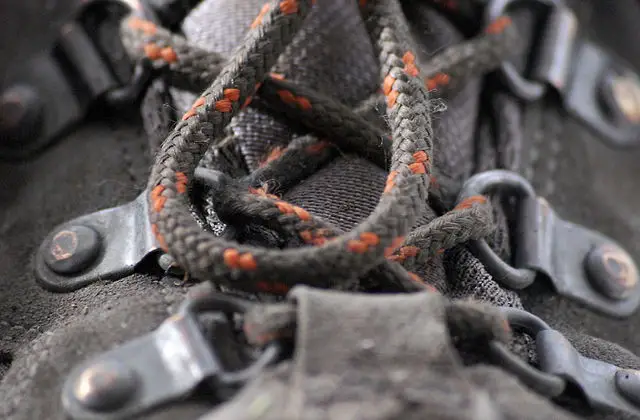This in from the council, in their own words. Ed
Figures showing the number of people using shared use paths on the Island are continuing to rise with over 200,000 trips made on three of the most popular routes in the last year alone.
Using money from the government’s Local Sustainable Transport Fund, the Isle of Wight Council has upgraded a number of existing shared use paths, which are suitable for walking, cycling, wheelchair users and, where possible, equestrian use.
Cyclists and pedestrians counted
As part of these improvements the council installed 12 automatic counters on the most popular routes which log the numbers of cyclists.
In two locations, the numbers of pedestrians are also recorded who use the route.
Since June 2014, figures show nearly 90,000 trips have been made on the Newport to Cowes route, 82,000 trips have taken place on the Yarmouth to Freshwater route and 44,000 have been made on the disused Wroxall to Shanklin railway line. Both the Newport and Wroxall routes are part of the Red Squirrel Trail.
Other paths, such as the recently refurbished Fishbourne to Binstead and Seaclose Park to Island Harbour routes, are also proving very popular.
The Wroxall to Shanklin and Fishbourne to Binstead routes were largely reconstructed. Works included installing a sealed surface and improving drainage to make them suitable for all year use.
Funding making a real difference
Councillor Luisa Hillard, Isle of Wight Council Executive member for sustainability, environment and public realm, said:
“The funding from the LSTF is making a real difference to improving access to sustainable, car free transport, such as upgrading shared use paths.
“These figures from the last year show just how popular these improved routes are, with locals for everyday journeys and recreational purposes as well as by visitors, who support our local economy.”
Working in partnership with Visit Wight and transport providers, LSTF funding has also provided funding for the installation of bicycle racks on the Southern Vectis Coaster buses, and grants for businesses and tourist accommodation providers to install cycle racks and storage equipment.
Image: rockyslayer under CC BY 2.0





